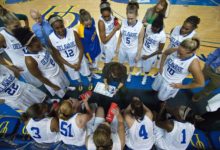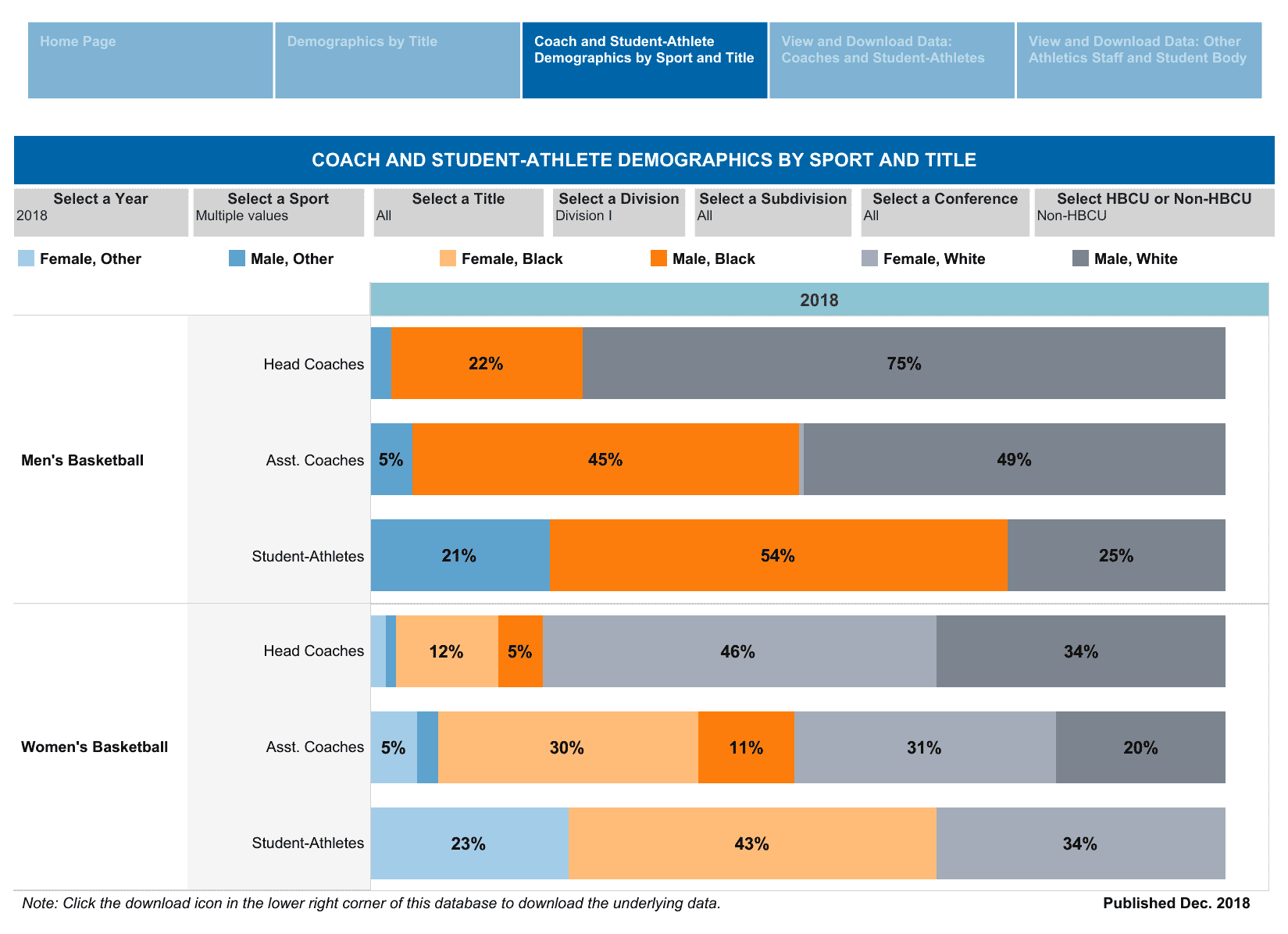Where Are the Black Basketball Coaches?
The NCAA has a new men’s and women’s basketball champion. Congratulations to University of Virginia and Baylor University. In the last days of the tournament, however, I was most struck…

The NCAA has a new men’s and women’s basketball champion. Congratulations to University of Virginia and Baylor University. In the last days of the tournament, however, I was most struck by the comments of Muffet McGraw, Notre Dame’s head women’s basketball coach. In a response to a question regarding her decision to no longer hire male basketball coaches, McGraw makes a compelling case that women need to be more represented in positions of power. She said, “We don’t have enough female role models. We don’t have enough visible women leaders… When you look at men’s basketball and 99% of the jobs go to men, why shouldn’t 99 or 100% of the jobs in women’s basketball go to women?” She asserts that it may be because only 10% of athletic directors in Division I are women and that “people hire people who look like them.”
Coach McGraw should be commended for building the pipeline of women basketball coaches. But in a sport that is so diverse, where are the Black coaches? Seeing yourself reflected in positions of authority is critical for students of color. Research in education has found that a Black student having a Black teacher by the third grade increases their likelihood of graduating high school and college. And in the college years, we would hope to see more Black leaders like basketball coaches in Division I sports. Unfortunately, that is not the case.
Using data from the NCAA Demographic Database, I looked at how Black athletes at non-HBCU, NCAA Division I basketball programs are reflected in the leaders of their sports. What the data reveals is that overwhelmingly Black athletes are not likely to see themselves reflected in their head coaches. In men’s basketball, 54% of student athletes are Black but only 22% of head coaches are black, a 32 percentage point gap. The gap between Black and White head coaches is 53 percentage points. In women’s basketball, 43% of student athletes are Black but only 17% of head coaches are Black, a 26 percentage point gap. The gap between Black and White head coaches is even starker with a 63 percentage point gap.
So what about assistant coaches? The data shows that Black student athletes are more likely to see themselves reflected in assistant coaches. In men’s basketball, 54% of student athletes are Black compared to 45% of assistant coaches, a 9 percentage point gap. In women’s basketball, 43% of student athletes are Black and 41% of assistant coaches are Black, a 2 percentage point gap. The equity in hiring at the assistant coach level is important to building the pipeline and providing professional role models and mentors for Black athletes. But unless more is done to ensure that Black assistant coaches are provided with the opportunity to advance into the head coaching ranks, Black athletes will always see themselves as the assistants and rarely as the person making the decisions.
In the men’s final between University of Virginia and Texas Tech, 57% of the student athletes were Black and 0% of the coaches are Black. In the women’s final between Baylor and Notre Dame, 65% of the student athletes were Black and 0% of the coaches. I agree with Coach McGraw that women need to see themselves in those in positions of power. And, if we want to truly advance equity and opportunity for Black students, Black athletes need to see themselves reflected in the head coaching ranks too.
